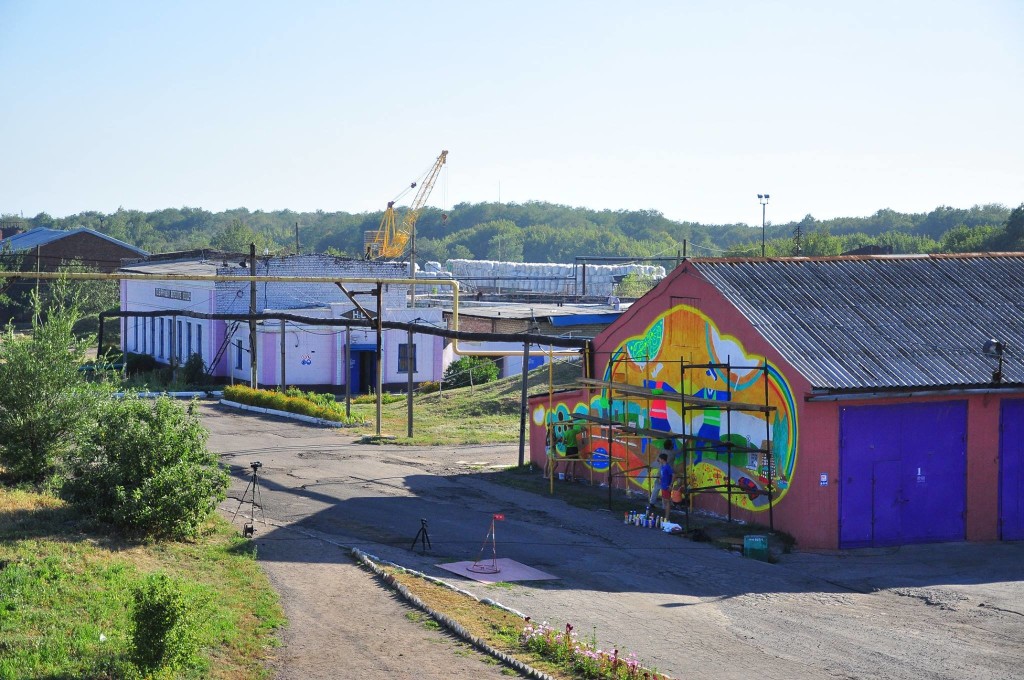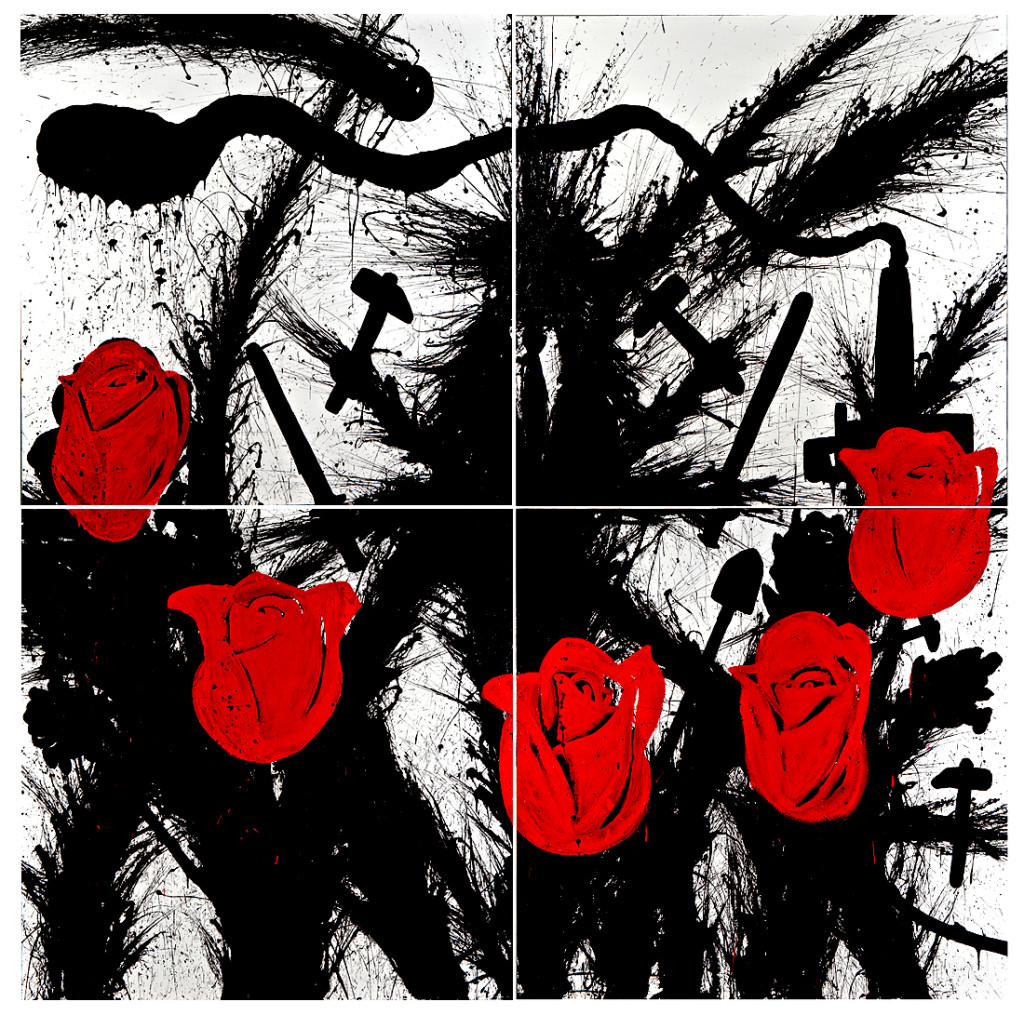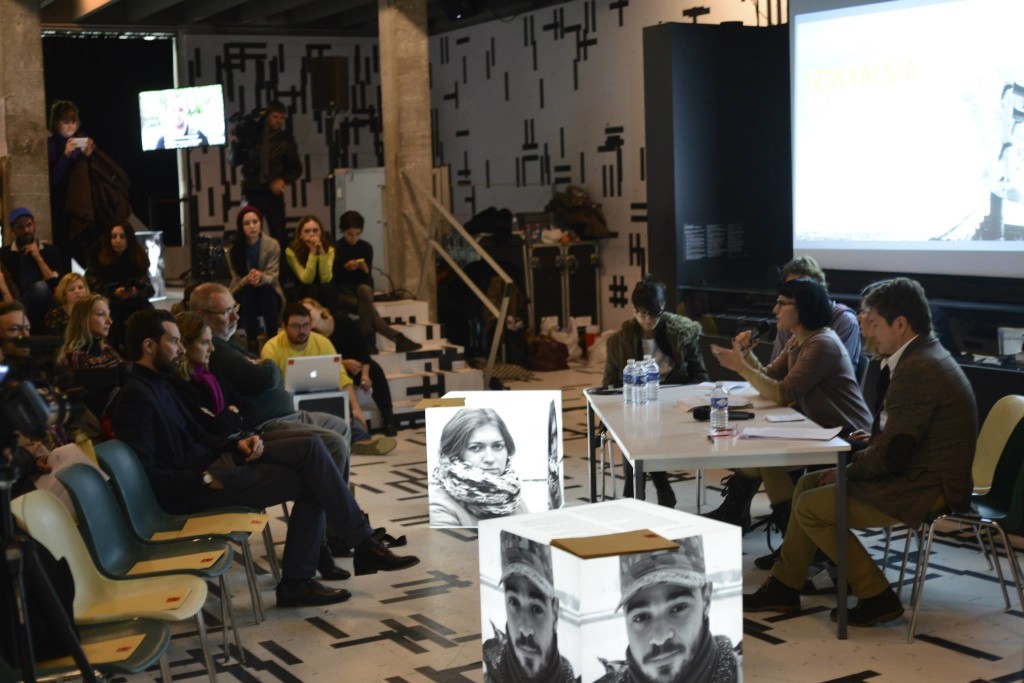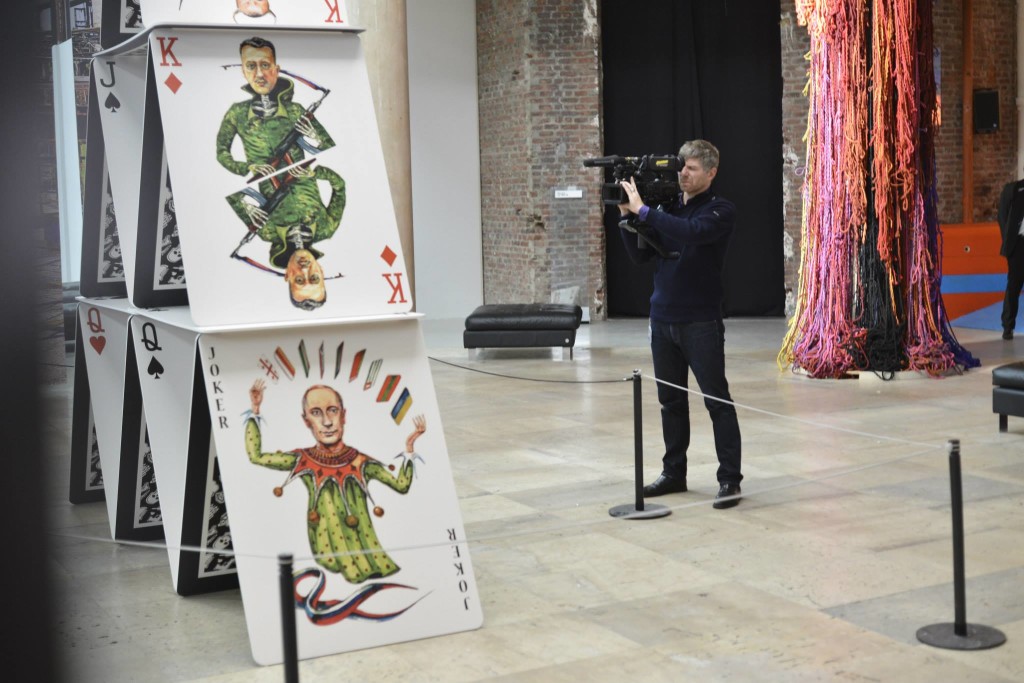In June, Izolyatsia (Isolation), a nonprofit art studio located in the eastern Ukrainian city of Donetsk found itself filling an unexpected role – that of a military target. A separatist militia from the self-declared Donetsk People’s Republic, a breakaway region which seeks to align itself with Russia, seized the repurposed factory which made served as the arts center’s home since its founding, confiscating artwork and setting up a military presence in the studio.

Donetsk, the former industrial powerhouse of eastern Ukraine, hosts numerous factories such as this one, which hosted the Izolyatsia studio before the artists’ eviction by militants (Izolyatsia.)
“[W]e are not political, we are for freedom of expression in this area,” said Izolyatsia founder Luba Michailova in an interview, adding that such support for freedom of expression “is probably not what local authorities or local oligarchs wanted.” While the artwork deemed to be acceptable by the leaders of the militia were spared, far more fell victim to looting or destruction in the name of political censorship.

“The Coat of Arms of Donetsk,” by Izolyatsia artist V. Kuznetsov pays homage to the “city of a million roses,” which was home to Izolyatsia until the group was made subject to an attack by Russian-supported separatists (Izolyatsia.)
Specifically, that art which did not meet the militants’ standards of “having to do with anything lofty and sublime, anything Slavic” was seized and disposed of under the pretext of being “pornographic… anti-Slavic and anti-Russian.” A video by Timur Olevskiy and Orchan Dzemal, below, features the leader of the Donetsk Peoples’ Republic militia occupying the center, Leonid Baranov, on the threat posed by the art to the breakaway region:
While the artists managed to escape with much of their work, roughly two thirds of it was lost to the militants, including the majority of the group’s sculptures and larger installations, which are feared to have been turned to scrap to fuel the separatists’ military campaign.
Rather than remain in forced silence, the artists made the shift from the Donetsk factory to a shipyard in the Ukrainian capital of Kyiv, hosting a series of exhibitions of original works from Izolyatsia’s artists along with street exhibitions and works by artists from neighboring Belarus.

A conference at Izolyatsia’s location in exile at a Kyiv shipyard for “Revision,” the first installation in its new incarnation (Izolyatsia.)
The highest-profile installation, however, was one that called attention to the situation which drove the artists out of their home city of Donetsk to the Ukrainian capital – the war which rages in the country’s east. “House of Cards” features caricatures of separatist leaders on playing cards stacked in a tower, with Russian President Vladimir Putin depicted as a wildcard, shuffling the flags of the countries on the Former Soviet Union. Putin’s card is placed on the bottom of the tower.
Predictably, when Putin’s support is removed from underneath with a kick, the entire tower crumbles.

